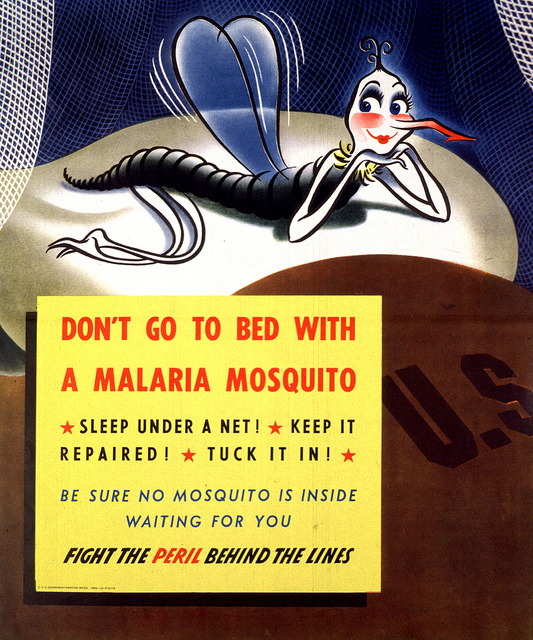![New research describes how scientists could harness the power of evolution to stop mosquitoes spreading malaria. [NIH]](https://genengnews.com/wp-content/uploads/2018/08/4647690563_5e1ce1a074_z6319122308-1.jpg)
New research describes how scientists could harness the power of evolution to stop mosquitoes spreading malaria. [NIH]
Clinical medicine often takes advantage of combination therapy to fight disease efficiently while preventing the rise of resistance. Now, researchers from the University of Exeter and the University of California, Berkeley are suggesting the combined use of spatial repellents along with insecticides to reverse the forward drive of evolution in mosquitoes, which persistently undermines vector control programs through insecticide resistance.
Many of the mosquito species that transmit malaria have evolved to bite humans indoors at night, and health efforts target them by using insecticides sprayed on surfaces inside people's homes. Moreover, there is a growing need for more efficient repellents to keep mosquitoes out of people's homes. In the current study—published recently in eLife in an article entitled “Using Evolution to Generate Sustainable Malaria Control with Spatial Repellents”—the investigators propose that evolution can be used to help by creating highly effective repellents from initially ineffective ones.
“Mosquitoes that are repelled and don't go inside buildings will not contact insecticides and so will survive better than those that do go inside,” explained co-lead study author Penelope Lynch, Ph.D., associate research fellow in the department of biosciences at the University of Exeter. “This means that if you start with something that repels only part of the population of mosquitoes, evolution will favor the ones that are repelled, they will increase in the population, and your repellent will become more and more effective.”
In their current research, the researchers used mathematical models to show that pairing a chemical repellent, which initially keeps only some mosquitoes outside, with insecticides that kill those that do enter can drive evolution to change local mosquitoes until the majority are affected by the repellent.
Were it to be employed, this method would give an evolutionary advantage to mosquitoes that stay outside and a disadvantage to those that enter homes to feed on humans—increasing the numbers of the former and thus protecting people indoors and hindering the spread of mosquito-borne illnesses such as malaria.
“We are struggling with insecticide resistance, and we need better ways to protect people,” noted Dr. Lynch. “An additional benefit of our proposal is that, because repelled mosquitoes don't contact indoor insecticides, any repelled mosquitoes get no benefit from also being resistant, so the spread of insecticide resistance is slowed or prevented.”
“The evolution of the mosquito population in response to interventions such as insecticides is inevitable,” added co-lead author Mike Boots, Ph.D., professor at the University of California, Berkeley. “The strategy we propose takes advantage of this inevitable evolution in order to improve control.”
The model developed by the authors describes that the success of their evolved repellence concept in a given location would depend on a number of factors, including the species of mosquitoes present, how resistant they are already, whether they can only feed on humans, and the size of the area that could be treated. Furthermore, the outcome in a given location can also be influenced by choices about the repellent and insecticide used and the way they are applied.
The scientists are optimistic that their work will have a positive impact on vector control. However, practical laboratory work and fieldwork are needed to build on this theoretical groundwork and to determine suitable locations and application strategies.


